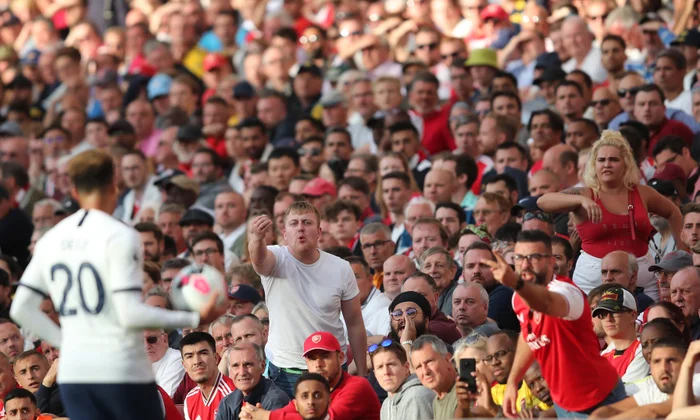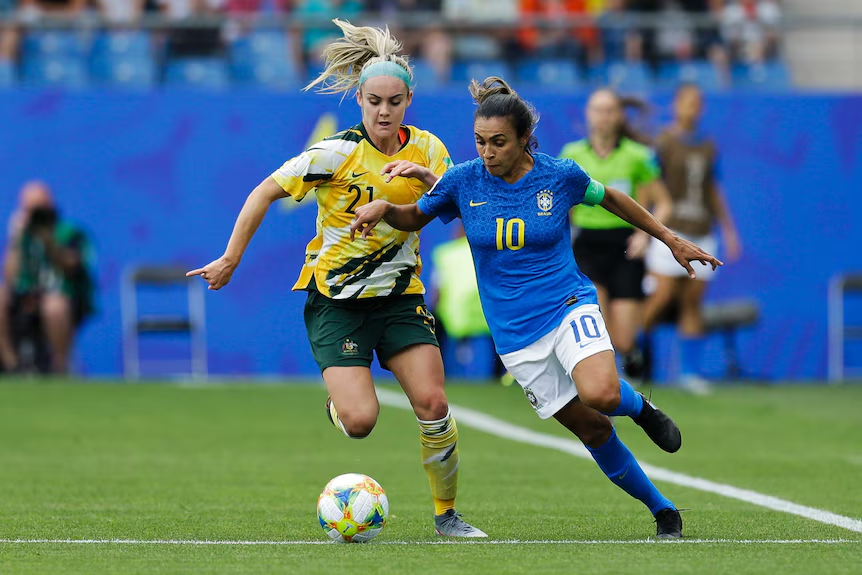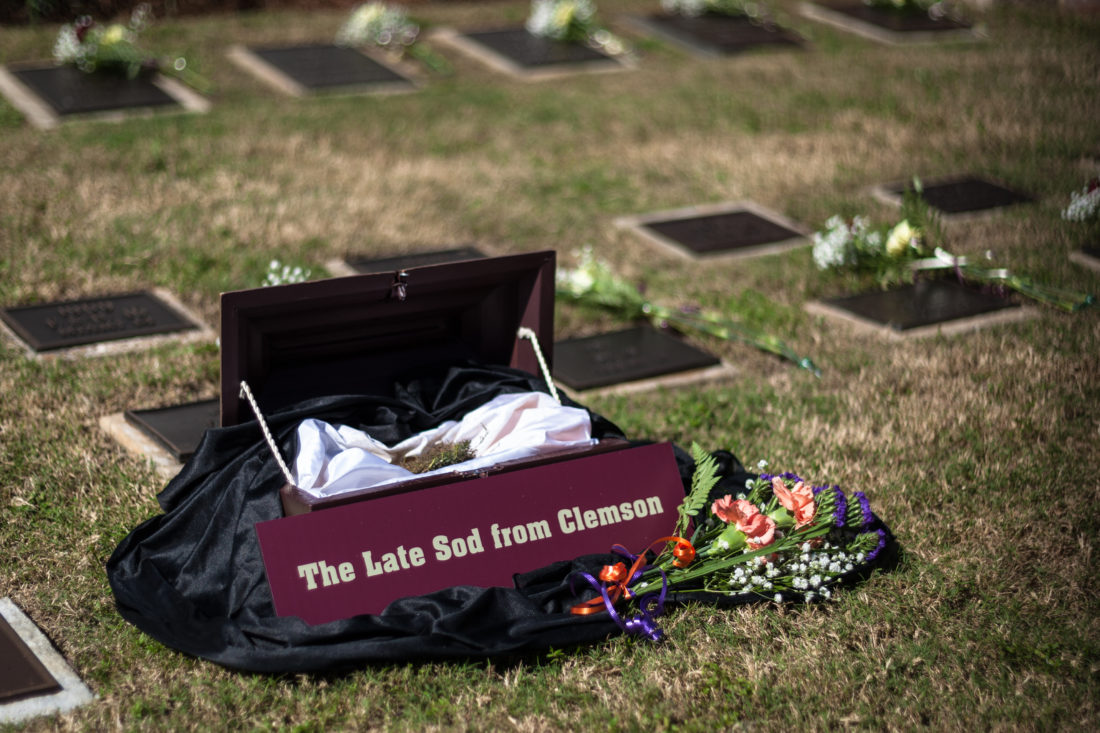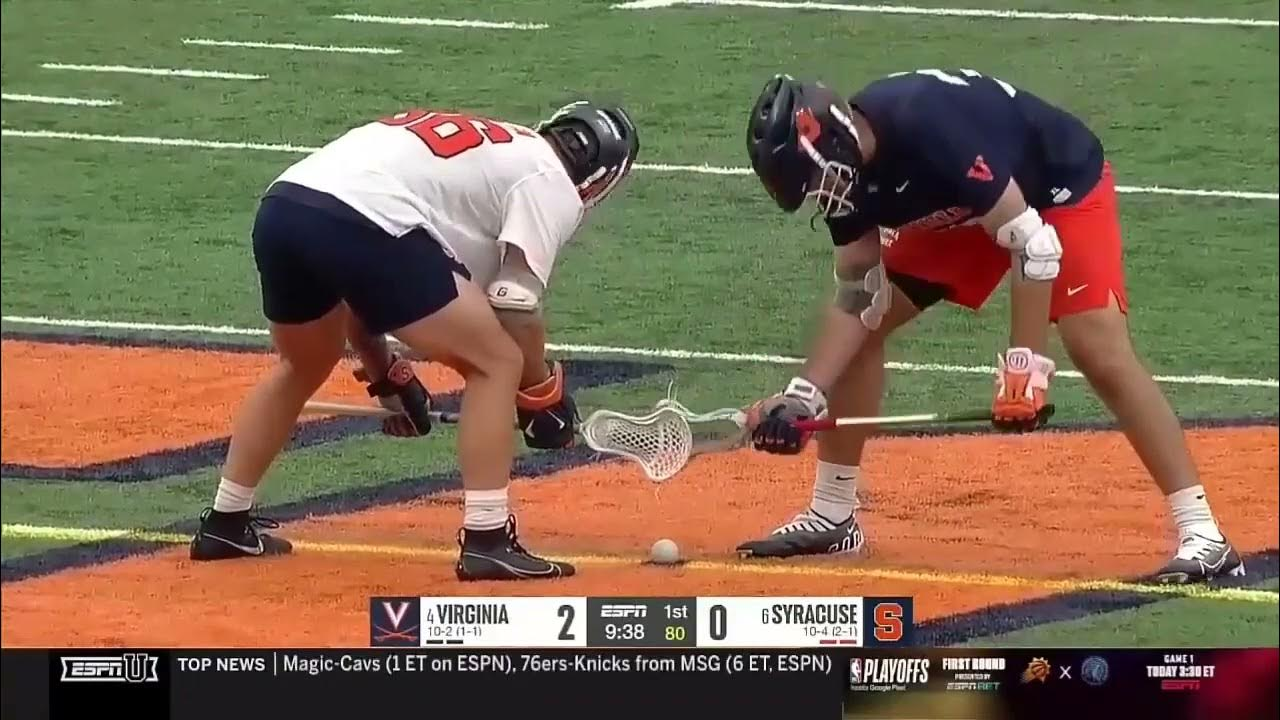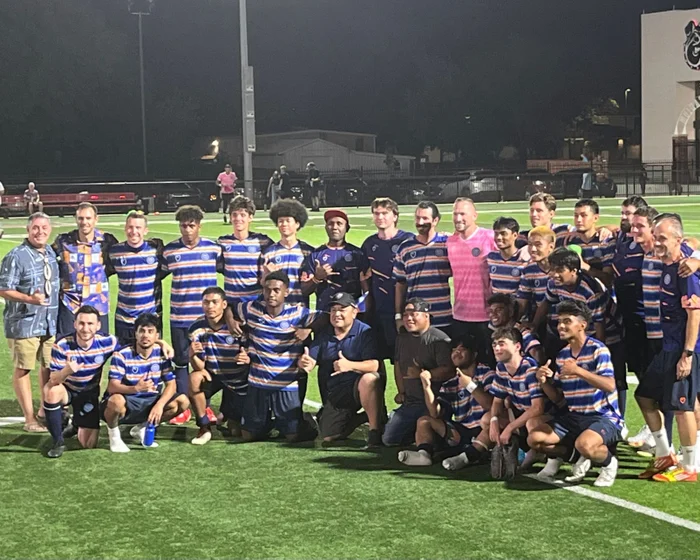Sports rivalries aren’t just high-stakes matches—they’re shaped by deep psychological dynamics that influence how fans think, feel and act. A key factor is the concept of group identity: when fans start to see their team as their group, rival teams become the “out-group,” which sharpens loyalty and provokes emotional responses. This isn’t merely about competition—it’s about belonging. The knowledge that supporters gain from understanding this process helps bring real expertise to discussions of fan behaviour, strengthens authoritativeness in fan-culture analysis, and builds trustworthiness in how rivalries are portrayed.
Several core components fuel this rivalry cycle. First, history and geography often cast fan groups in roles: local proximity, shared past conflicts or cultural identity all heighten tension and investment. Then, intense emotions—both positive for the favoured team and negative towards rivals—harden these identity lines, making each game more than just a match. From the perspective of E-E-A-T: the experience of fandom spans generations, the expertise lies in recognising these emotional maps, the authoritativeness emerges when sources systematically analyse them, and trustworthiness depends on accurate reflection rather than mere hype.
For fans, clubs and media professionals navigating modern sport culture, recognising these dynamics is vital. Encourage inclusive storytelling rather than divisive rhetoric; promote sportsmanship even in rivalry games; and raise awareness of when rivalry spills into hostility. By doing so, fandom gains maturity and loyalty becomes sustainable. Analysing rivalries through the lens of identity, emotion and community turns what might seem like mere spectacle into meaningful culture—and ensures fandom remains rooted in connection rather than conflict.


